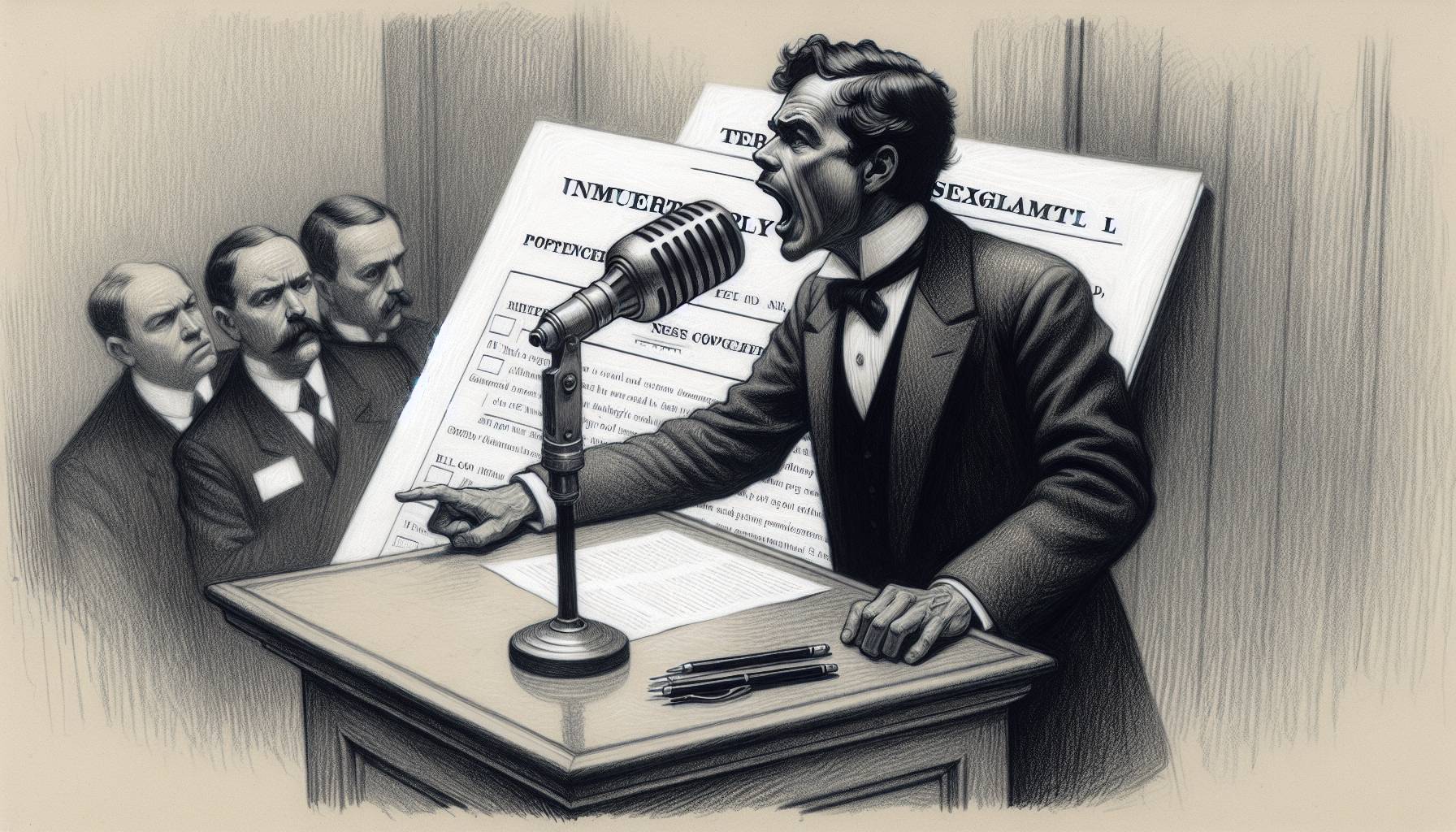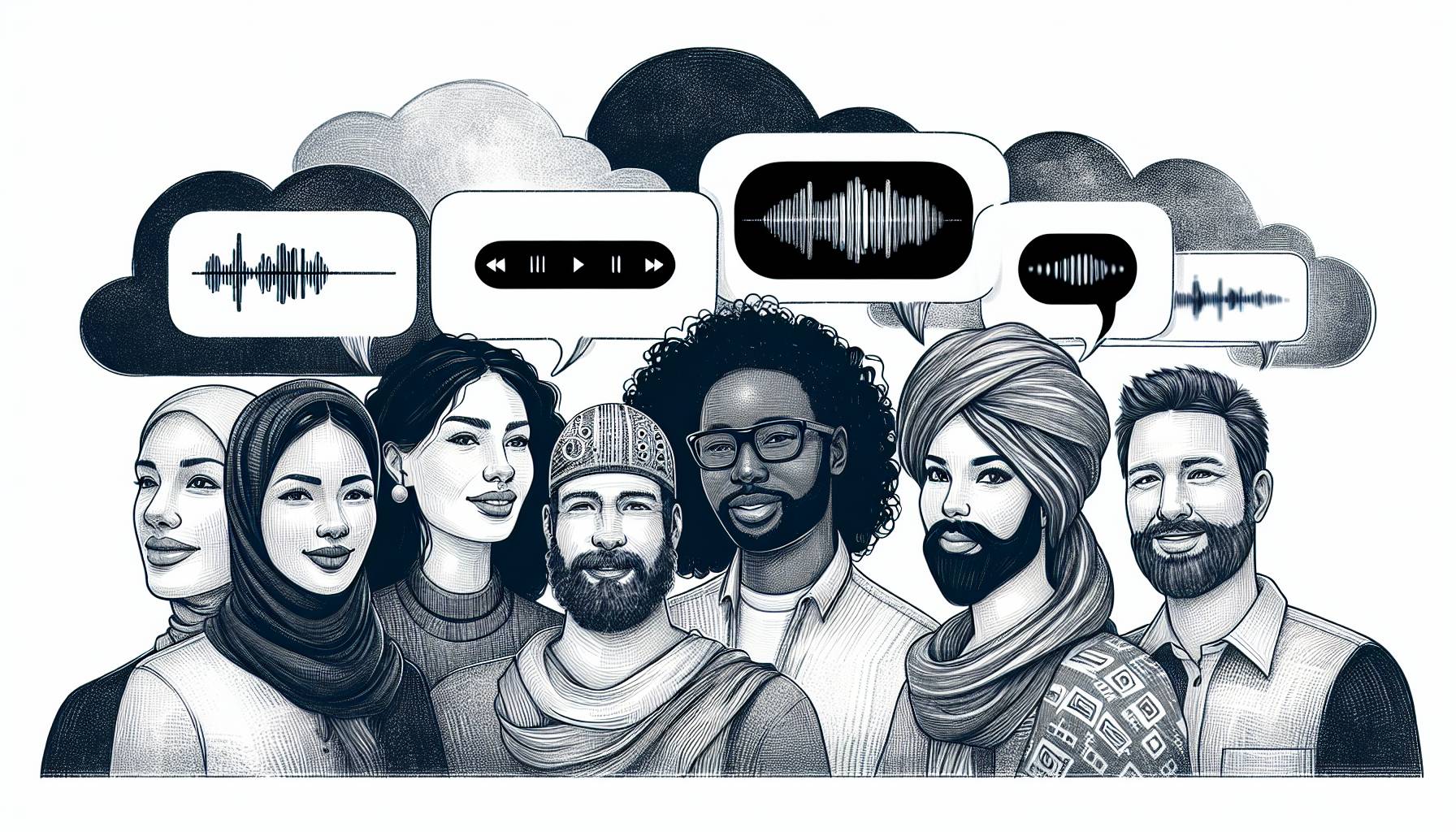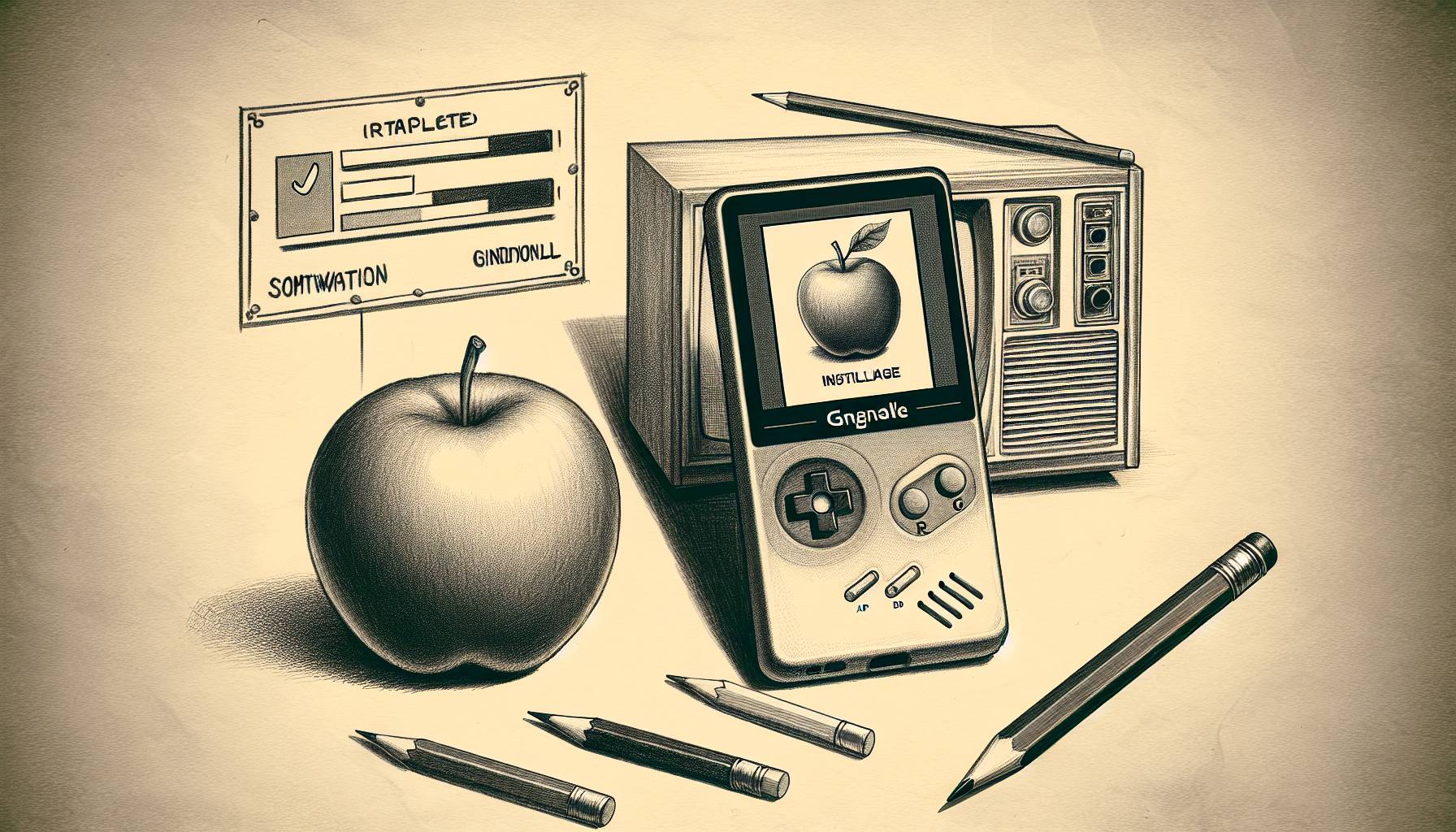While billions of downloads of the iPhone’s 200,000 apps is impressive, the device did not truly make it until the famous Dog’s Playing Poker painting became a top-selling game for the device. In this week’s Game Theory, we sit down with Candywriter developer Kevin O’Neil. The Seattle-based company to date has shipped more than 1.2 million games on the App Store. O’Neil talks about the science and art of pricing games on the iPhone, how to market to the iPhone’s and iPads diverging demographics, and why a title called iRidicule is his dream game for the iPhone.
Lifetime Apple fans, we began publishing software on the Mac in 2006 and loved it from the start. Our creative approach to software was well-received by the Mac community and we haven’t looked back since. The iPhone launch was a worldwide sensation and no more so than in “Candyland” where we had prototype iPhone software fully developed even before the first SDK was released. The App Store debuted in July 2008 with Imagine Poker (originally priced at a now laughable $9.99) as one of its first 552 apps. Since then we’ve gradually expanded our interests in the platform and, as of May 2010, have shipped 1.2 million copies of our games via the App Store. Its been an, er, app-solute blast!

In your opinion, how has the iPhone and Apple’s iTunes App Store changed the gaming industry?
The iPhone and its App Store ecosystem have elevated handheld gaming and pushed it in profound new directions. The high quality, trivial prices, and instant gratification of the App Store experience make it a winner for gamers at home and on-the-go.
Apple developed the best mobile phone and best portable music player and then gave developers a chance to turn all of these happy owners into handheld gamers. The large and competitive market for apps has since driven down prices and lured both well-known ports from established names like Electronic Arts and innovation from indies like Candywriter. Why carry around a PSP or a Nintendo DS when your mobile phone offers tens of thousands of quality games that are not only cheaper but accessible via a few taps of your finger?
Describe the differences between developing games for the iPhone and the iPad.
So similar are the development environments that the main difference from our perspective is not technical but rather in marketing; teenagers drive the iPhone charts, affluent 30-somethings drive the iPad charts. We still feel like we have some more market observation to do before venturing into the iPad. No one can quite predict a new app’s fortunes on the App Store and, in theory, its less painful to watch your iPhone/iPod app fail than an iPad app that required twice the graphics, twice the functionality, and three times the effort. As a small developer, we must be extra cognizant of marketing challenges.
What factors go into how you ultimately price your games?
Like all rational developers, our pricing goal is to maximize revenue; therefore all of our apps are priced where we think they will generate the most revenue, regardless of the depth or effort that went into their creation. Price elasticity of demand on the App Store will always favor a $1.99 price over a $0.99 tag unless you’re pushing the charts and relying on the subsequent exposure. Having said that, prices continue to be pushed downwards. As the App Store grows, there becomes less room for apps priced at $2.99 and higher. And then there’s your free app, for which value is intangible and must be derived exclusively from its ability to cross-promote your paid titles. Its definitely a learned science and we’re still trying to master it.
Describe what your dream game for the iPhone would look like.
It would be called iRidicule and feature a hodgepodge of inebriated public figures dancing around wearing pasties and engaging in illicit activities above a swirling backdrop of nudity and registered trademarks. And it would be priced at $999.99.












